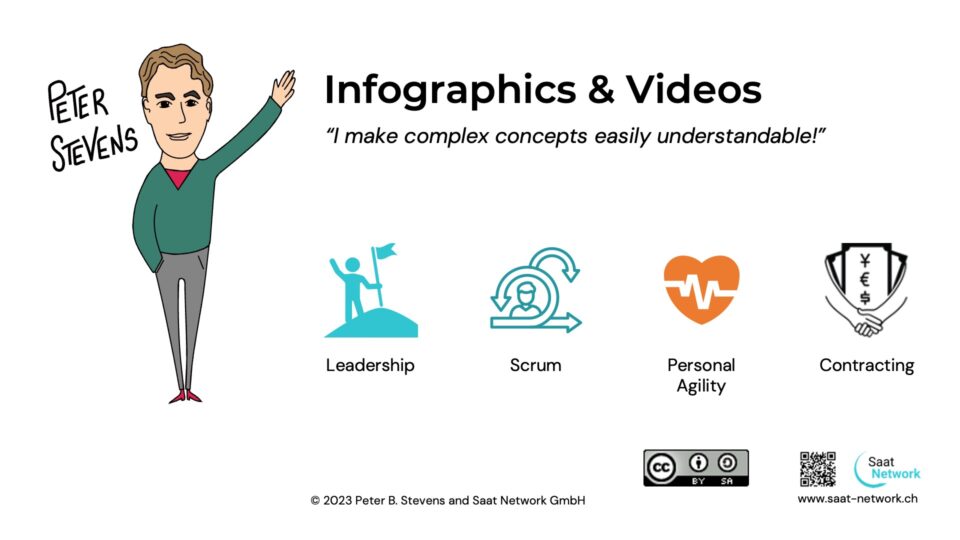Want A Scrum Course Near You?
07-04-2009Lean Agile Scrum Conference in Zürich – June 4, 2009
23-04-2009Agile: Having the faculty of quick motion in the limbs; apt or ready to move; nimble; active; as, an agile boy; an agile tongue
Agile has become fashionable. Everything from Scrum to Network Attached Storage is going to help your company become more agile. At least if you believe what the advertising hype tells you. So agility has become something companies want. OK. But how many of them have thought through what that really means?
While discussing the product backlog with a student at my Scrum class (an employee of a well known national institution), we discovered an interesting confict:
- Student: How do you know when a release will be ready?
- Me: Take the product backlog, which is sorted by priority. Combine feature sizes with estimated velocity per sprint, to group features into sprints. That, the sprint length and a calendar give you the estimated completion date for each feature.
- Student: But the Product Owner can change his mind? Those features are not committed.
- Me: Right, only the Sprint Contract is a binding committment. Until the start of the sprint, the product owner can change the priorities of the product backlog. Only the sprint backlog is binding.
- Student: But management expects schedules to be a commitment! Can we really deliver to a commitment?
- Me: well, you could limit the product owner and say, you’re not allowed to change anything…
- Student: but that wouldn’t be very agile.
- Me: No, it wouldn’t. Being agile is about being able to change your mind (and the discipline to do it sensibly). By committing in detail to your course of action for the next 6 months, you become languid, lethargic, ponderous, slow and unresponsive.
There you have it: a management who claims it wants to be agile, but deep down, it prefers to be a pondering elephant. You can lead a horse to water…





2 Comments
I don't get your last sentence…your conclusion. What are you talking about "a management". Who are you talking about and what is your point again? It's not clear to me after reading your last sentence what your conclusion or moral of the story is and outside the student who you are referring to.
You can lead a horse to water, but you can't make him drink.
This refers to the frustration felt by certain coaches who are asked to come in a help a company to become agile, show the company how to do it, only to discover that the company does not want to be agile. Only one thing to do: Smile and move on to the next company.